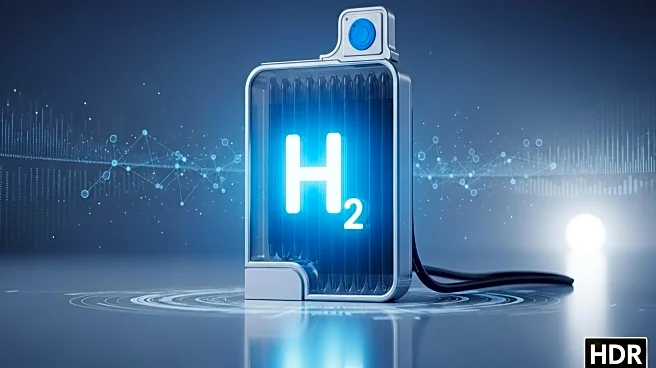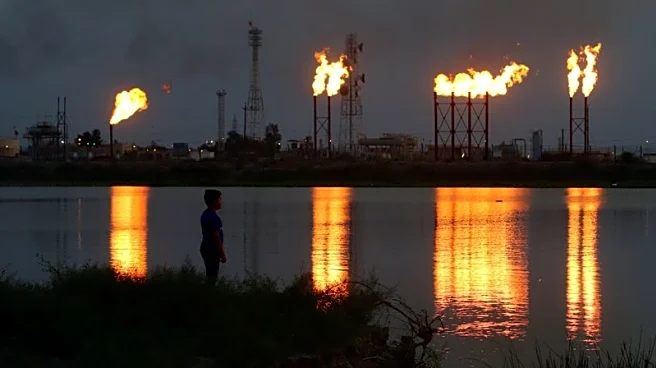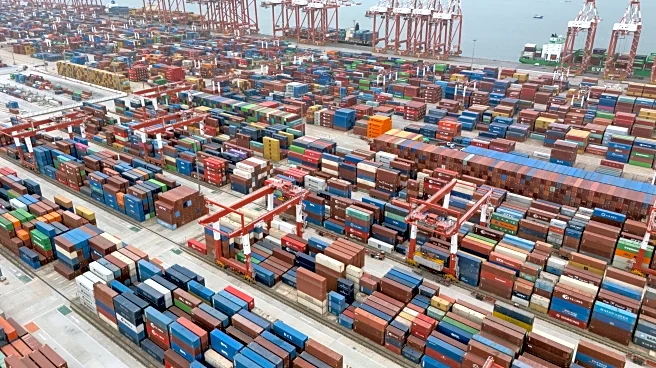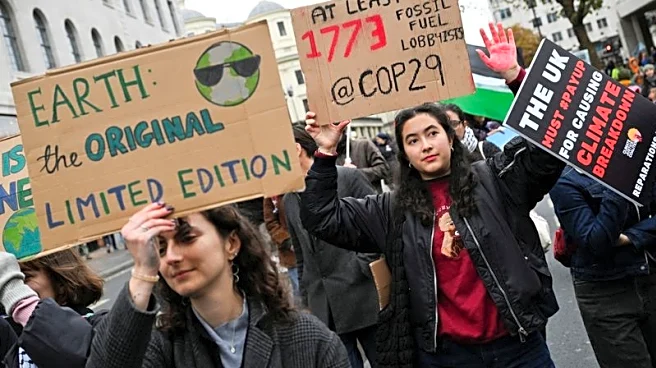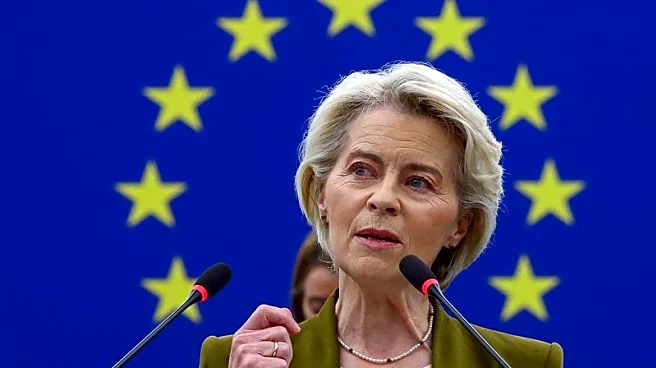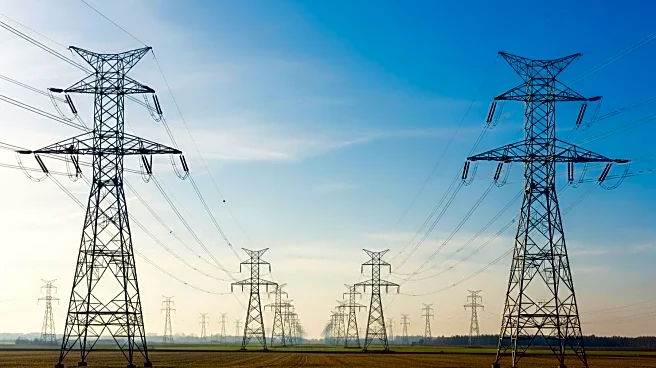What is the story about?
What's Happening?
The International Energy Agency (IEA) has released a report indicating that global hydrogen demand reached 100 million tonnes in 2024, marking a 2% increase from the previous year. This growth aligns with the overall rise in energy demand. The report highlights that the majority of hydrogen production continues to rely on fossil fuels, with sectors like oil refining and industry being the largest consumers. Despite the potential for low-emissions hydrogen, its uptake remains below expectations due to high costs, regulatory uncertainty, and slow infrastructure development. The report also notes that the cost gap between fossil fuel-based hydrogen and low-emissions hydrogen is expected to narrow by 2030, driven by declining technology costs and strong renewables growth in certain regions.
Why It's Important?
The increase in hydrogen demand underscores the growing role of hydrogen in the global energy landscape. However, the reliance on fossil fuels for hydrogen production raises concerns about emissions and environmental impact. The slow uptake of low-emissions hydrogen highlights challenges in transitioning to cleaner energy sources, which could affect global efforts to reduce carbon emissions. The report's findings suggest that while there is potential for significant growth in low-emissions hydrogen production, achieving this will require effective policies and investment in infrastructure. This has implications for industries, governments, and environmental stakeholders aiming to meet climate goals.
What's Next?
The IEA report suggests that by 2030, low-emissions hydrogen production could expand significantly, with operational projects potentially increasing more than fivefold from 2024 levels. However, this growth is contingent on the implementation of effective policies to ensure demand. China is currently leading in the deployment of electrolysers for low-emissions hydrogen, accounting for a significant portion of global capacity. The report indicates that continued investment and policy support will be crucial for realizing the potential of low-emissions hydrogen and reducing reliance on fossil fuels.
Beyond the Headlines
The report highlights the economic and technological challenges in transitioning to low-emissions hydrogen. The high costs and slow infrastructure development reflect broader issues in the energy sector, including the need for innovation and regulatory frameworks that support sustainable practices. The focus on China as a leader in electrolyser deployment also points to geopolitical dynamics in the energy transition, with implications for global energy markets and international cooperation on climate change.
AI Generated Content
Do you find this article useful?
